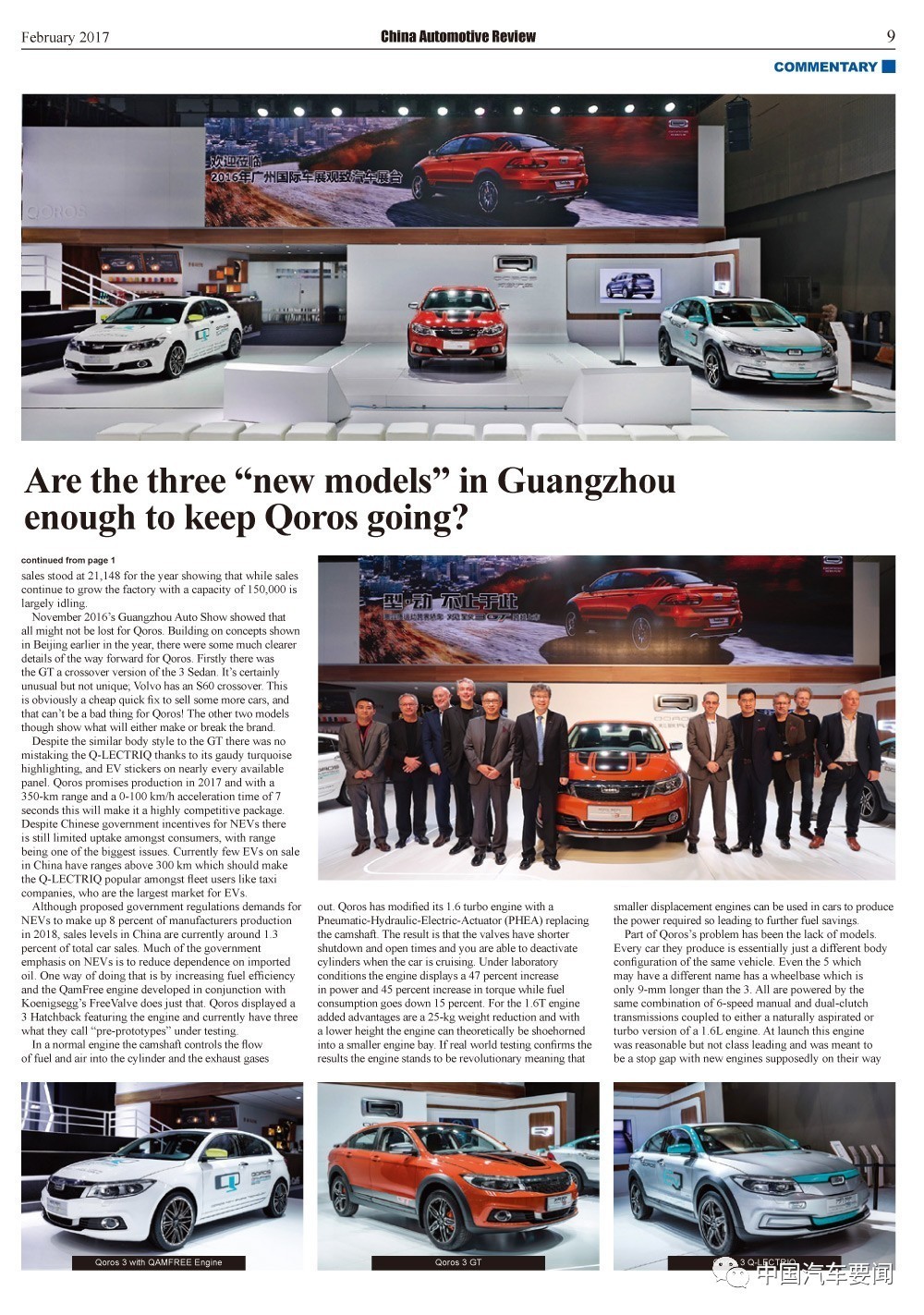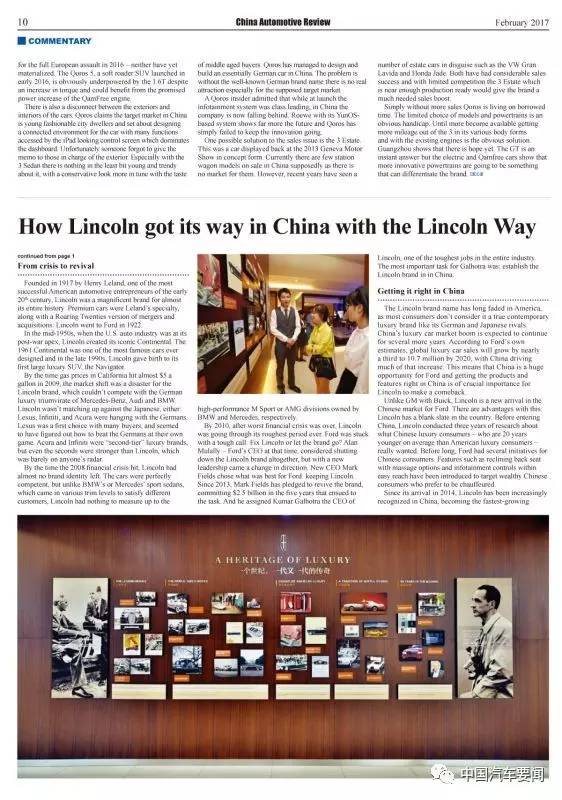Cream off some of Europe’s top auto professionals, give them a green field site in Changshu, a blank CAD screen, and a seemingly open ended check book. What could possibly go wrong? The answer is of course Qoros, or perhaps the curse of JV partner Chery. Sales so far have bordered on terrible with less than 7,000 in 2014 before more than doubling to 14,247 in 2015. As of November 2016 sales stood at 21,148 for the year showing that while sales continue to grow the factory with a capacity of 150,000 is largely idling.
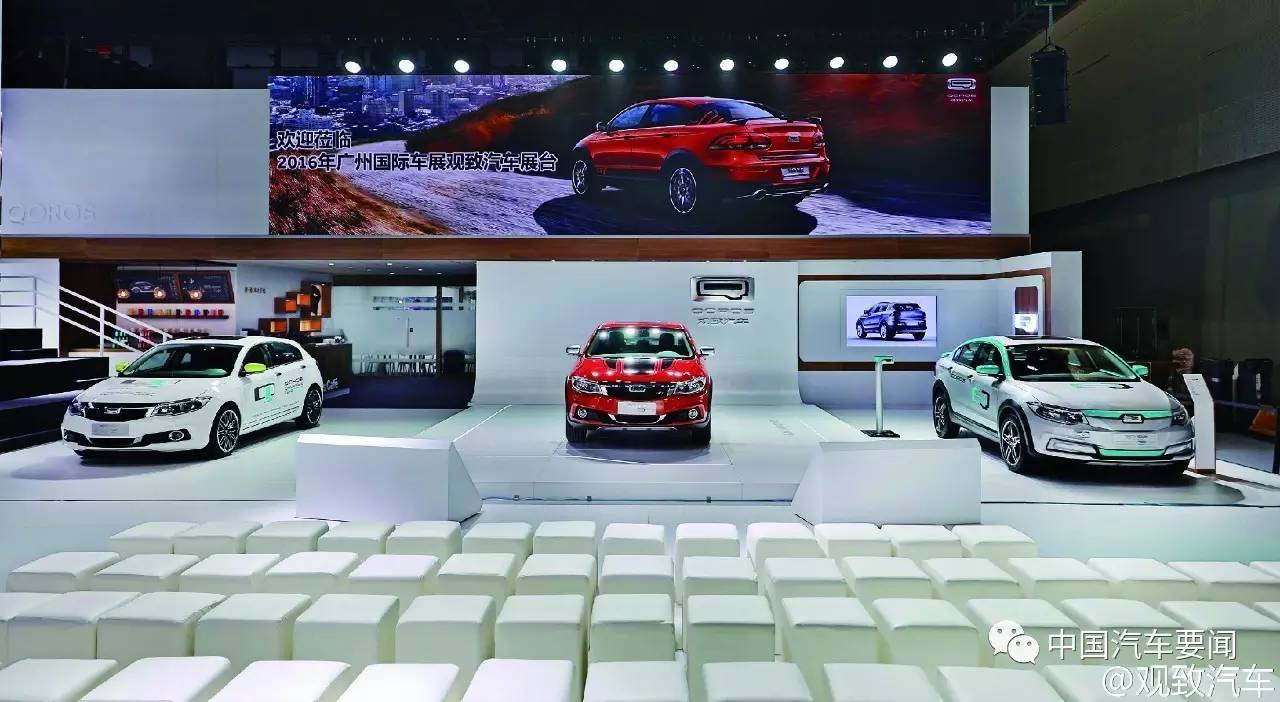
November 2016’s Guangzhou Auto Show showed that all might not be lost for Qoros. Building on concepts shown in Beijing earlier in the year, there were some much clearer details of the way forward for Qoros. Firstly there was the GT a crossover version of the 3 Sedan. It’s certainly unusual but not unique; Volvo has an S60 crossover. This is obviously a cheap quick fix to sell some more cars, and that can’t be a bad thing for Qoros! The other two models though show what will either make or break the brand.
Despite the similar body style to the GT there was no mistaking the Q-LECTRIQ thanks to its gaudy turquoise highlighting, and EV stickers on nearly every available panel. Qoros promises production in 2017 and with a 350-km range and a 0-100 km/h acceleration time of 7 seconds this will make it a highly competitive package. Despite Chinese government incentives for NEVs there is still limited uptake amongst consumers, with range being one of the biggest issues. Currently few EVs on sale in China have ranges above 300 km which should make the Q-LECTRIQ popular amongst fleet users like taxi companies, who are the largest market for EVs.
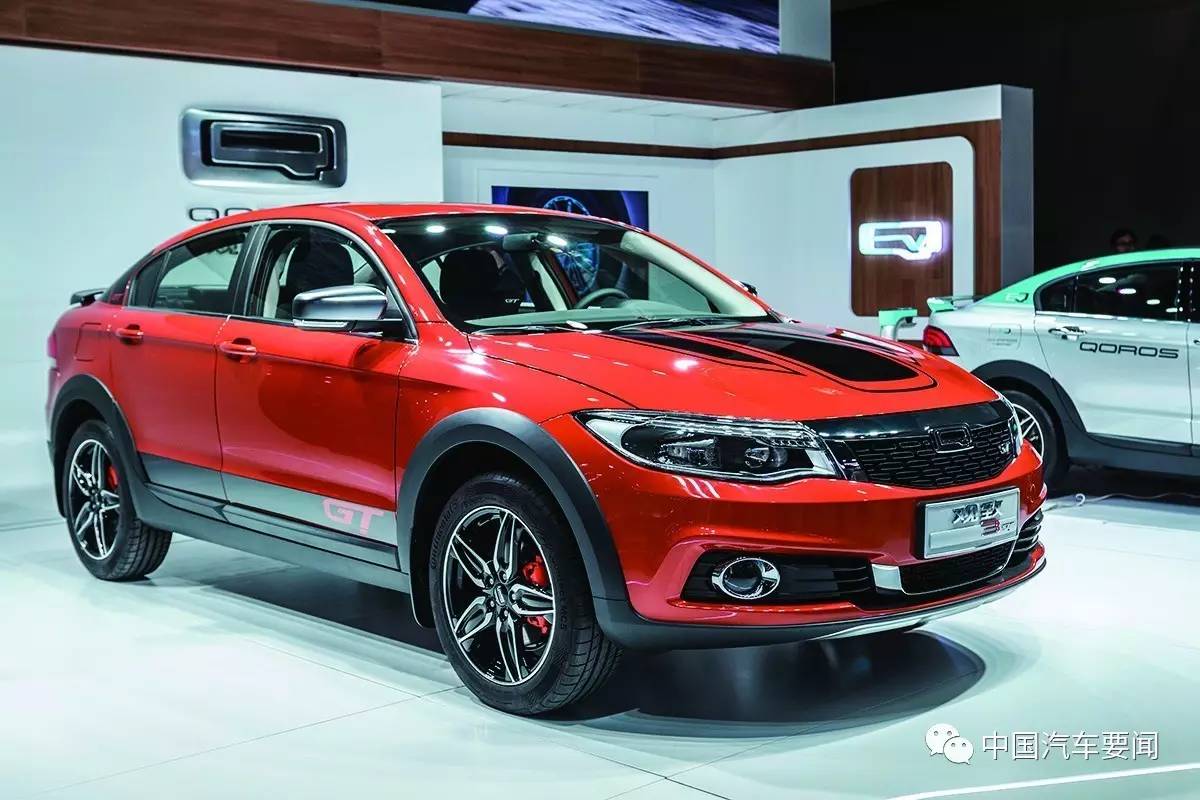
Although proposed government regulations demands for NEVs to make up 8 percent of manufacturers production in 2018, sales levels in China are currently around 1.3 percent of total car sales. Much of the government emphasis on NEVs is to reduce dependence on imported oil. One way of doing that is by increasing fuel efficiency and the QamFree engine developed in conjunction with Koenigsegg’s FreeValve does just that. Qoros displayed a 3 Hatchback featuring the engine and currently have three what they call “pre-prototypes” under testing.
In a normal engine the camshaft controls the flow of fuel and air into the cylinder and the exhaust gases out. Qoros has modified its 1.6 turbo engine with a Pneumatic-Hydraulic-Electric-Actuator (PHEA) replacing the camshaft. The result is that the valves have shorter shutdown and open times and you are able to deactivate cylinders when the car is cruising. Under laboratory conditions the engine displays a 47 percent increase in power and 45 percent increase in torque while fuel consumption goes down 15 percent. For the 1.6T engine added advantages are a 25-kg weight reduction and with a lower height the engine can theoretically be shoehorned into a smaller engine bay. If real world testing confirms the results the engine stands to be revolutionary meaning that smaller displacement engines can be used in cars to produce the power required so leading to further fuel savings.
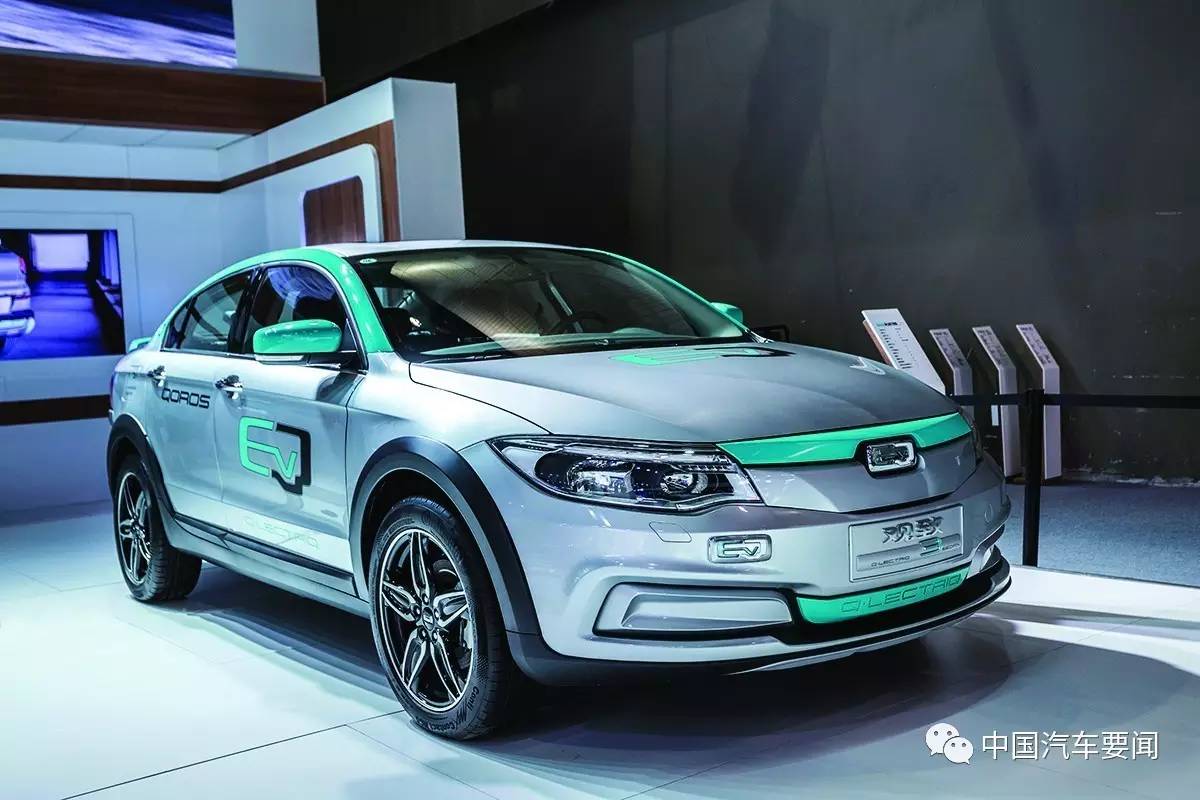
Part of Qoros’s problem has been the lack of models. Every car they produce is essentially just a different body configuration of the same vehicle. Even the 5 which may have a different name has a wheelbase which is only 9-mm longer than the 3. All are powered by the same combination of 6-speed manual and dual-clutch transmissions coupled to either a naturally aspirated or turbo version of a 1.6L engine. At launch this engine was reasonable but not class leading and was meant to be a stop gap with new engines supposedly on their way for the full European assault in 2016 – neither have yet materialized. The Qoros 5, a soft roader SUV launched in early 2016, is obviously underpowered by the 1.6T despite an increase in torque and could benefit from the promised power increase of the QamFree engine.
There is also a disconnect between the exteriors and interiors of the cars. Qoros claims the target market in China is young fashionable city dwellers and set about designing a connected environment for the car with many functions accessed by the iPad looking control screen which dominates the dashboard. Unfortunately someone forgot to give the memo to those in charge of the exterior. Especially with the 3 Sedan there is nothing in the least bit young and trendy about it, with a conservative look more in tune with the taste of middle aged buyers. Qoros has managed to design and build an essentially German car in China. The problem is without the well-known German brand name there is no real attraction especially for the supposed target market.
A Qoros insider admitted that while at launch the infotainment system was class leading, in China the company is now falling behind. Roewe with its YunOS-based system shows far more the future and Qoros has simply failed to keep the innovation going.
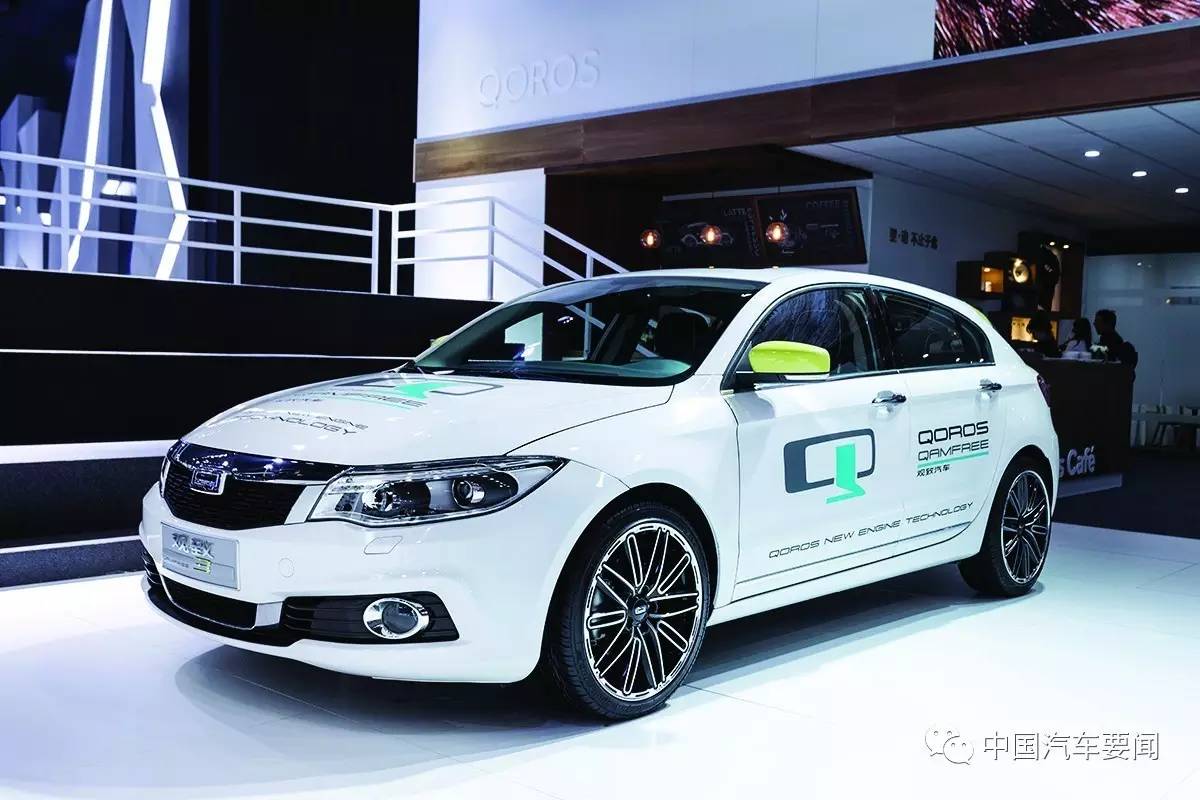
One possible solution to the sales issue is the 3 Estate. This was a car displayed back at the 2013 Geneva Motor Show in concept form. Currently there are few station wagon models on sale in China supposedly as there is no market for them. However, recent years have seen a number of estate cars in disguise such as the VW Gran Lavida and Honda Jade. Both have had considerable sales success and with limited competition the 3 Estate which is near enough production ready would give the brand a much needed sales boost.
Simply without more sales Qoros is living on borrowed time. The limited choice of models and powertrains is an obvious handicap. Until more become available getting more mileage out of the 3 in its various body forms and with the existing engines is the obvious solution. Guangzhou shows that there is hope yet. The GT is an instant answer but the electric and Qamfree cars show that more innovative powertrains are going to be something that can differentiate the brand.
The original version of this article appeared in the February 2017 issue of China Automotive Review(Vol. 12, No. 2)

